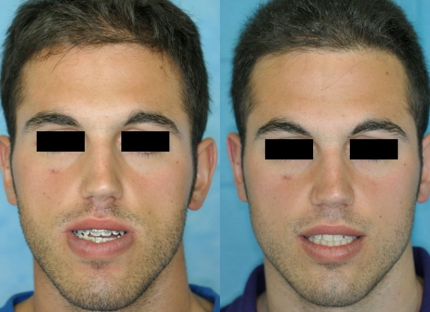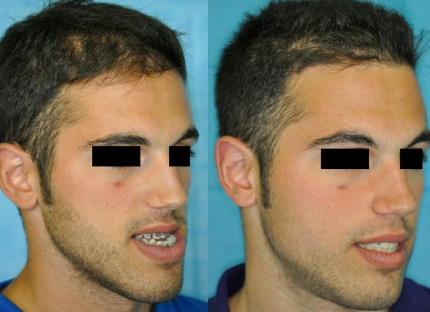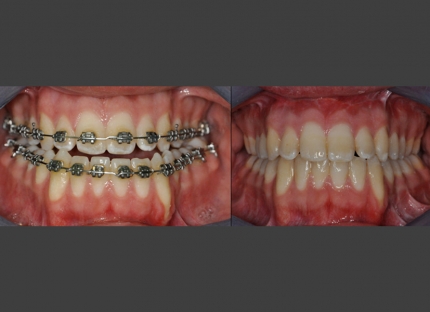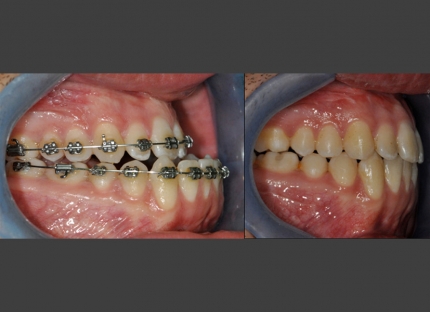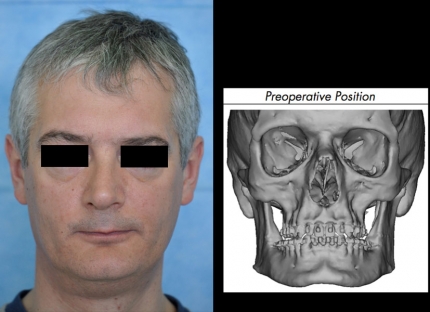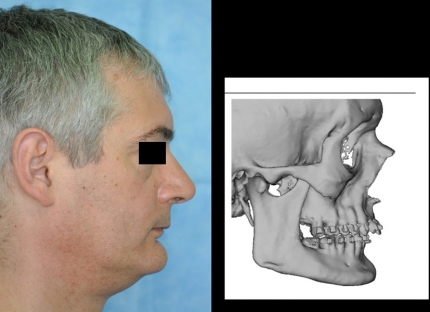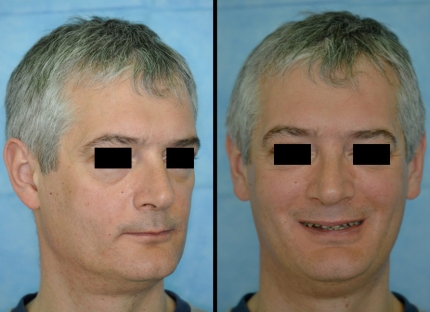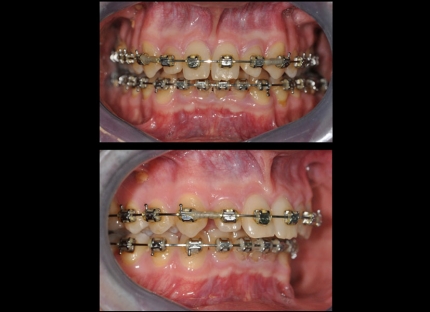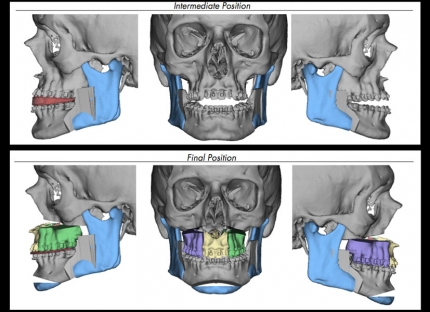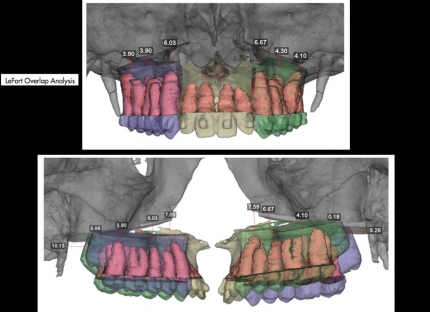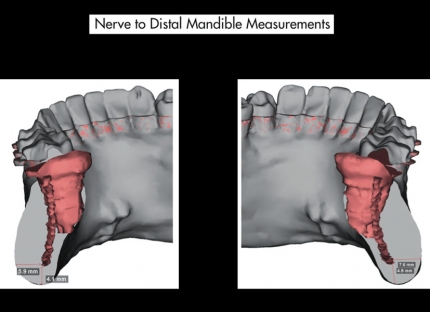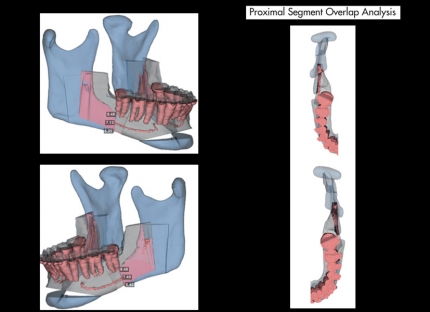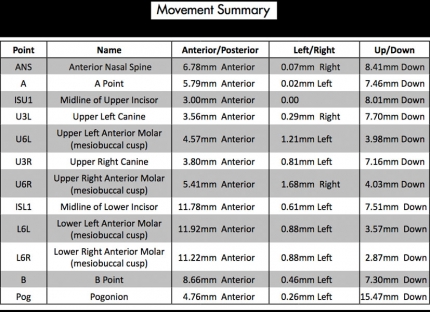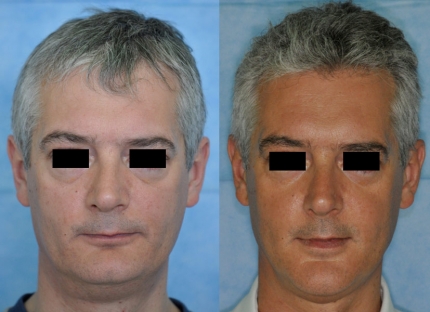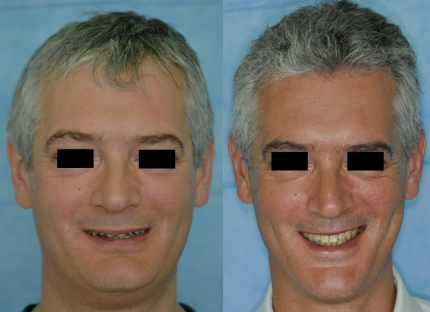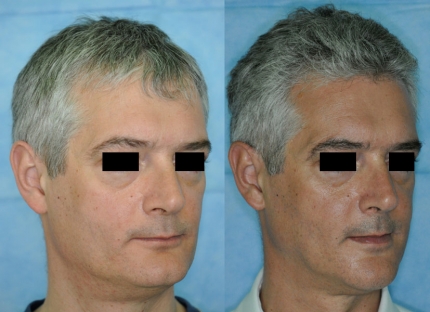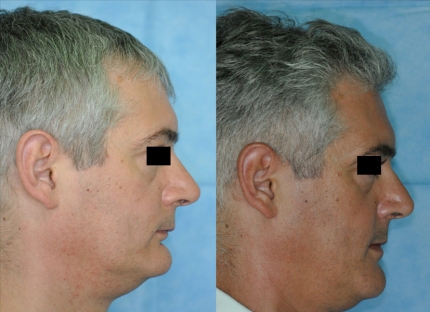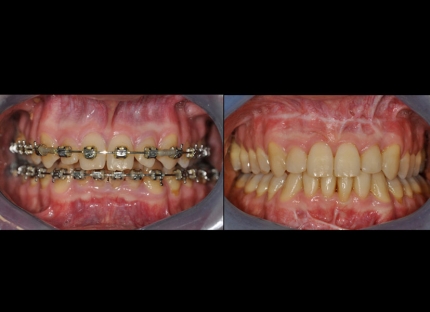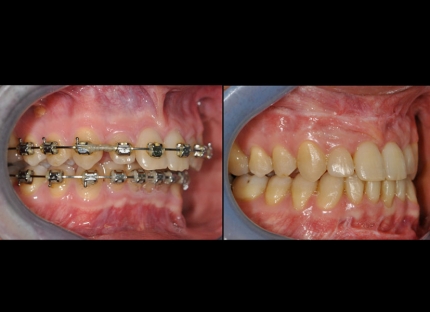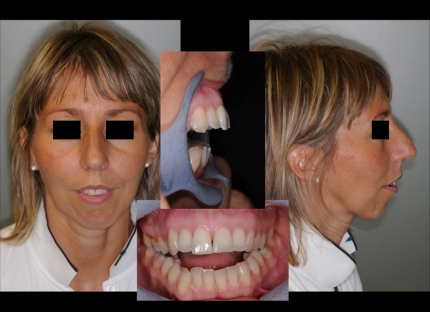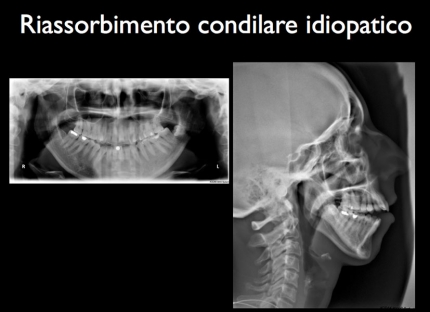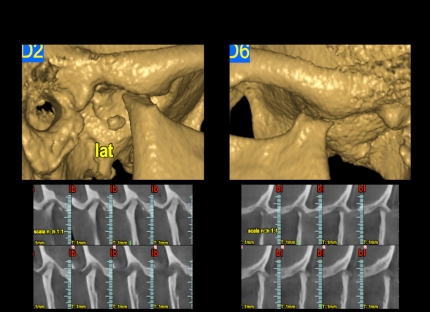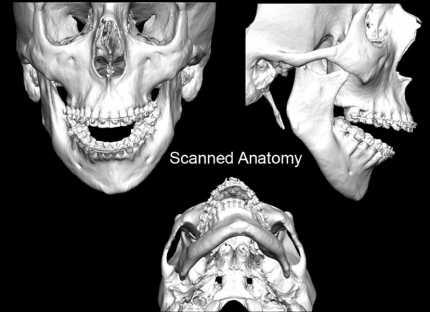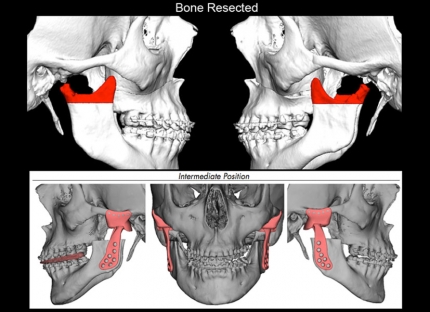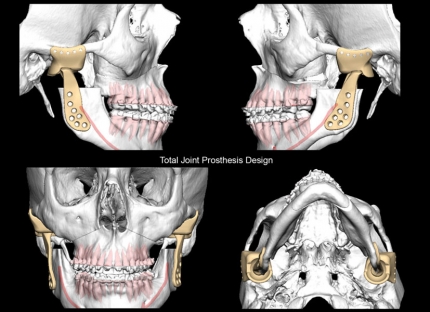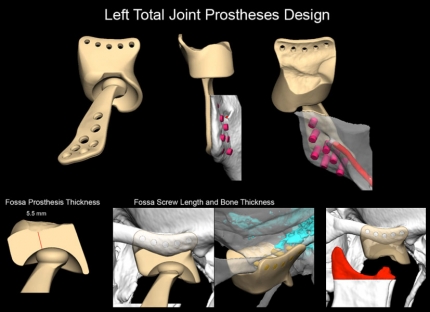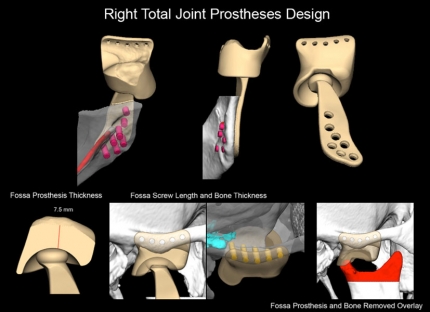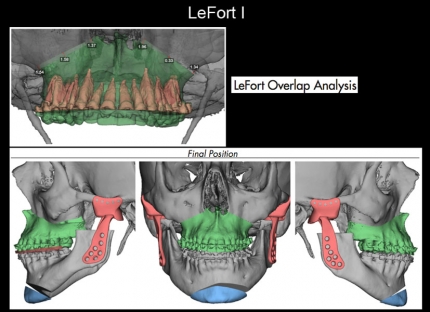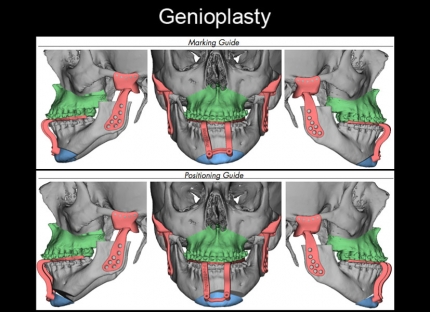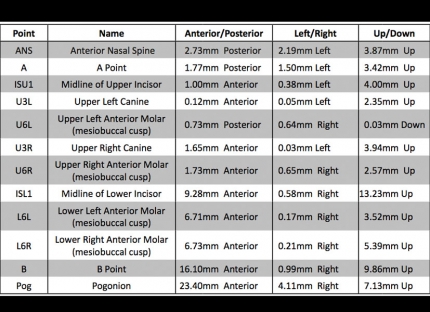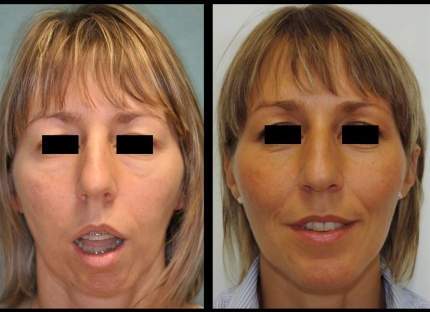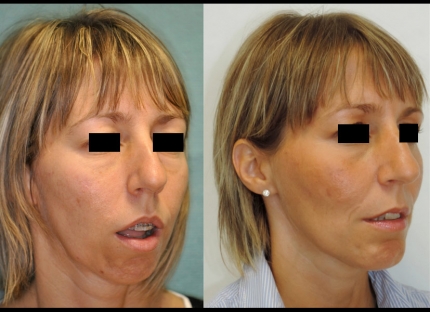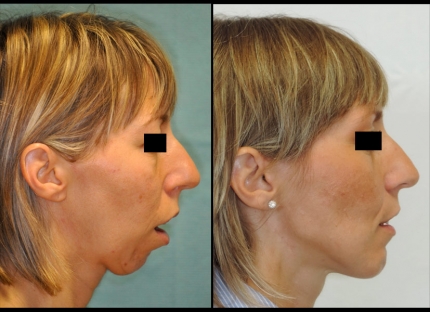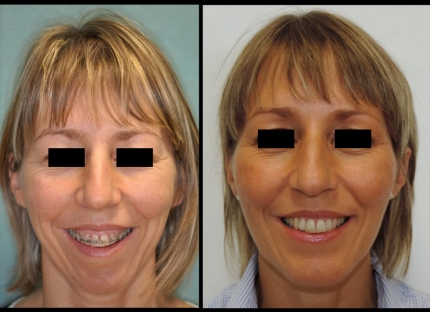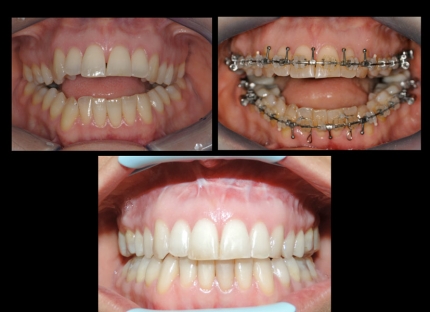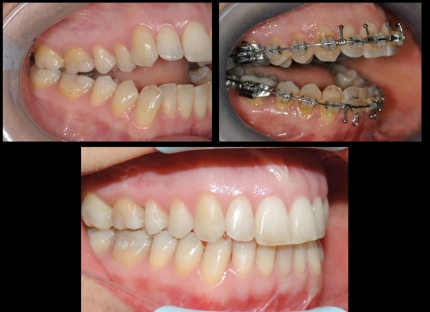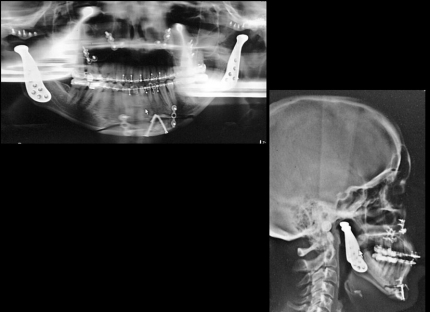Orthognatic
surgery
- Orthognatic
surgery - Orthognathic surgery is that branch of Maxillofacial Surgery, which allows the correction of craniofacial deformities and of malocclusion due to abnormal bone growth.
What kind of patient normally needs to undergo orthognathic surgery?
People who have a dento-skeletal discrepancies that cannot be treated only by an orthodontic treatment.
Bone changes (jaw discrepancies ) may develop in different spatial planes (sagittal, transverse and vertical) and can be divided into skeletal deformities due to the excess growth, lack of growth and asymmetries.
Some examples (the best known) are as follows:- excessive growth of the mandible (Prognathism), (class III malocclusion);
- growth defect of the jaw (mandibular hypoplasia), with the presence of a large gap between the upper and lower incisors (class II malocclusion);
- severe or less severe dento-facial asymmetries, with deviation of the jaw and/or chin and/or the maxilla.
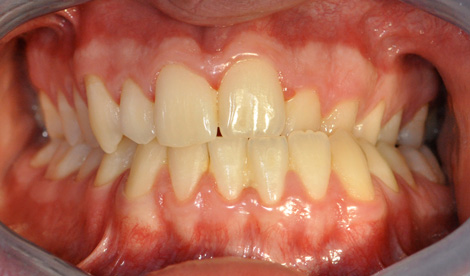
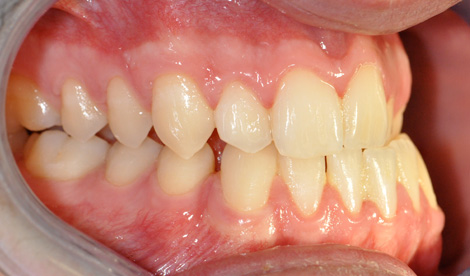
Class III malocclusion with asymmetry (lateral deviation of the mandible)
What do I need to do before I start the treatment?
It's necessary to undergo an initial assessment during which a clinical examination is carried out; patient’s explanation and reasons are carefully taken into account and all the information regarding the treatment are provided. During the first examination, radiographs and stone models are evaluated. Photographs of the face and of the occlusion are also taken.
Before orthodontic treatment starts, extraction of the wisdom teeth is carried out.
What are the stages of the treatment?
The treatment performed is called "combined orthodontic-surgical treatment" as the close cooperation between the orthodontist and the maxillofacial surgeon is essential. During the first phase of treatment lasting approximately 1 year, the orthodontist has the task to move the teeth to prepare the dental arches for the next surgery stage. The maxillofacial surgeon with the surgery moves the bones, restores a correct occlusion and harmonises facial aesthetics. After surgery, the orthodontist performs a finishing occlusion that lasts about 6 months.
How is the surgery planned ?
The surgery is planned on the basis of the correct occlusion to give to the teeth and on the basis of the aesthetic facial improvements to be achieved. Therefore, the surgeon calculates the movements of the skeletal base (typically the maxilla and mandible) and, based on these evaluations, manufactures the occlusal splints that are required to guide the movement of the jaws during surgery. The planning step has undergone a great improvement in recent years with the aid of technology.Currently, these surgeries can be planned with a computer method of virtual surgery (Virtual Surgical Planning), performing osteotomies and skeletal movements with pinpoint accuracy on a virtual model of the patient's skull which corresponds to the original.
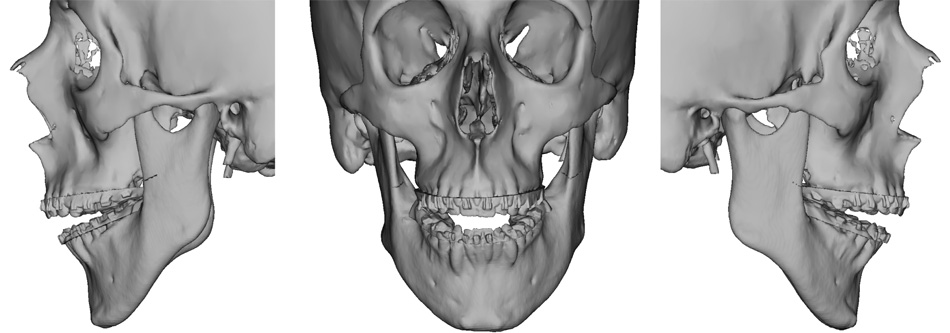
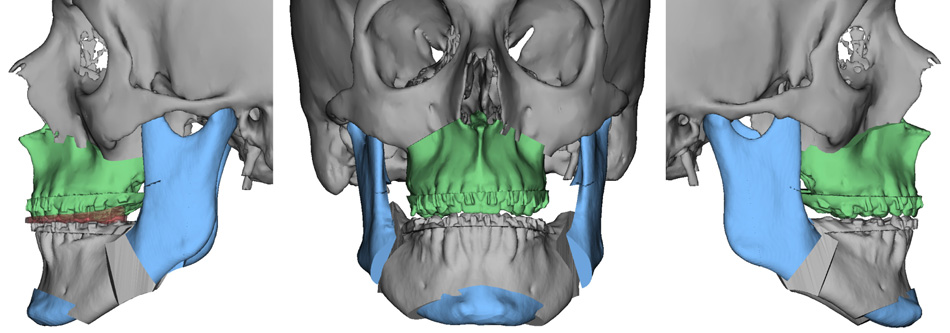
Virtual Surgery Planning (VSP) with osteotomies of the jaws
How is the surgery performed?
The surgery is performed under general anesthesia. The maxillofacial surgeon performs precise cuts on the bones of the face called osteotomies, then moves them in different planes and rigidly fixed them in the correct position. The surgery is performedusing an intraoral tecnique, without external scars on the face, and almost never involves the rigid intermaxillary fixation (i.e. immobilization with metal wires of the dental arches between them), because modern surgical techniques of fixation of the bones (with plates and screws) allow a rapid recovery. Elastics are usually positioned and used to guide the occlusion.
In many cases of skeletal abnormalities there are other imperfections of the face (for example: nose, chin, cheekbones), and in these cases it is possible to perform cosmetic surgery procedures at the same time orthoghatic procedures are being performed or at a later time.
Orthognathic surgery has positive and important effects on function (chewing, breathing, phonation), aesthetics of the face and overall quality of life of the patient.
- case reports
- videos
